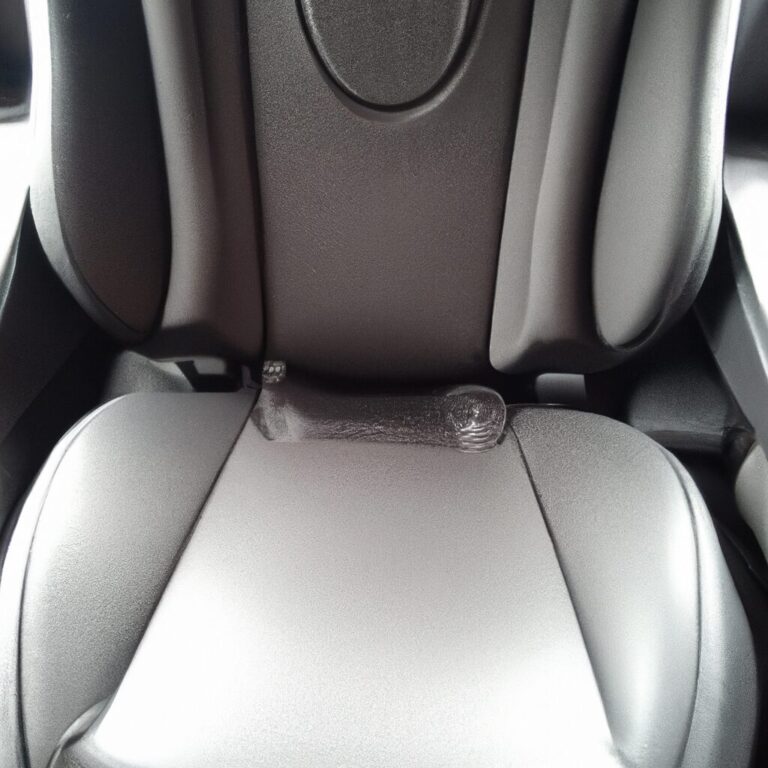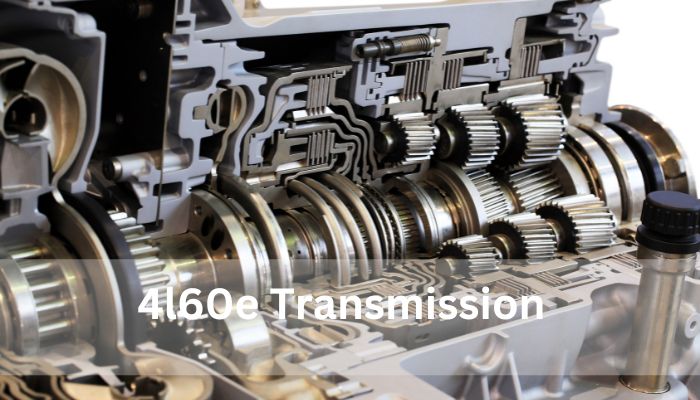10 Essential Ignition System Maintenance Tips
To effectively maintain your ignition system, follow these 10 essential tips: perform regular spark plug inspections, clean or replace dirty spark plugs, inspect and replace faulty spark plug wires, check and replace worn-out distributor cap and rotor, ensure proper timing and fuel mixture, clean or replace clogged fuel injectors, regularly replace the ignition coil, inspect and replace worn-out ignition switch and lock cylinder, clean and lubricate the throttle body, and regularly inspect and clean the battery terminals and connections. Taking these steps will help ensure a smooth and reliable performance from your ignition system, preventing any potential issues that could affect your vehicle’s starting and running capabilities.
Proper maintenance of the ignition system is crucial for the smooth performance and reliability of your vehicle. Neglecting the essential maintenance tasks can lead to various issues that may disrupt your vehicle’s starting and running capabilities. This article provides 10 indispensable tips for maintaining your ignition system, enabling you to identify potential problems and take the necessary steps to prevent them.
By following these simple yet crucial maintenance tasks, such as inspecting and cleaning spark plugs, replacing faulty components, and ensuring optimal timing and fuel mixture, you can keep your ignition system in excellent condition, resulting in improved overall performance and fewer headaches down the road.

Credit: www.amazon.com
Importance Of Ignition System Maintenance
Maintaining your vehicle’s ignition system is crucial for optimal performance and longevity. Regular maintenance helps prevent potential engine problems and ensures proper fuel combustion, ultimately keeping your engine running smoothly. Here are some essential tips to help you maintain your ignition system effectively:
Preventing Engine Problems
- Regularly check and replace spark plugs as needed.
- Inspect ignition coils for signs of wear and tear.
- Clean or replace air filters to maintain proper airflow.
Ensuring Proper Fuel Combustion
- Monitor fuel quality and use high-quality fuel.
- Inspect and clean the fuel injectors periodically.
- Check the ignition timing and adjust if necessary.
By following these maintenance tips, you can optimize your ignition system’s performance and enhance your vehicle’s overall efficiency. Regular maintenance not only improves fuel economy but also extends the lifespan of engine components.
1. Regular Inspection And Cleaning
Regular inspection and cleaning are crucial for maintaining a healthy ignition system in your vehicle. By following these basic maintenance tips, you can ensure that your ignition system functions optimally and prevents potential issues from escalating.
Checking Spark Plugs
One of the most important components of your ignition system is the spark plugs. These small but mighty parts ignite the fuel mixture in the combustion chamber, creating the necessary spark to start your engine. Regularly checking your spark plugs can help identify any signs of wear or damage. Inspect the spark plug wires for cracks or loose connections, as these can lead to misfires or a complete ignition system failure.
Inspecting Ignition Wires
In addition to checking your spark plugs, it’s crucial to inspect the ignition wires. These wires transfer the electrical current from the distributor or coil pack to the spark plugs, ensuring a continuous flow of electricity. Look for any signs of wear, such as frayed or cracked wires, as they can lead to weak or inconsistent sparks. Make sure to secure any loose connections to prevent misfires and maintain the efficiency of your ignition system.
2. Testing Ignition Components
Ensure proper functioning of ignition components through regular testing to prevent starting issues and misfires. Maintenance tips include checking spark plugs, ignition coils, and spark plug wires for wear and tear. Successful testing of these components is crucial for optimal engine performance.
Regularly testing your ignition components is crucial for maintaining optimal performance and preventing potential issues with your vehicle’s ignition system. Ignition components such as spark plug wires and ignition coils play a significant role in generating and delivering the necessary electrical current to ignite the air-fuel mixture in the engine. In this section, we will discuss two essential aspects of testing ignition components: testing spark plug wires and checking ignition coils.Testing Spark Plug Wires
Faulty or worn-out spark plug wires can lead to misfires, engine hesitation, and even a complete engine failure. Testing the spark plug wires will help identify any potential issues and ensure proper ignition system performance. Here are the steps to test your spark plug wires:- Start by visually inspecting the wires for any visible damage, such as cracks, burns, or fraying. If you notice any issues, replace the wires accordingly.
- Next, use an ohmmeter to measure the resistance of each spark plug wire. Connect one lead of the ohmmeter to the spark plug wire’s terminal and the other lead to the wire’s other end.
- Check the ohmmeter reading against the manufacturer’s specifications. If the resistance is too high or too low, it’s an indication of a faulty spark plug wire that needs to be replaced.
- Repeat this process for each spark plug wire in your ignition system.
Checking Ignition Coil
The ignition coil is responsible for transforming the low voltage from the battery into the high voltage needed to create an electrical spark. Checking the ignition coil’s performance is integral to ensuring a reliable ignition system. Follow these steps to check your ignition coil:- Start by disconnecting the ignition coil from the spark plug.
- Using an ohmmeter, measure the resistance between the ignition coil’s primary terminals.
- Refer to your vehicle’s manual to determine the acceptable range of resistance. If the reading falls outside of this range, it indicates a faulty ignition coil that needs to be replaced.
- Next, test the secondary coil by measuring the resistance between the ignition coil’s secondary terminal and the tower terminal where the spark plug wire connects.
- Again, refer to your vehicle’s manual for the acceptable resistance range. If the reading is not within this range, it’s an indication of a faulty ignition coil that requires replacement.

Credit: m.facebook.com
3. Addressing Ignition Timing
Ignition timing plays a crucial role in the performance of your vehicle’s engine. Properly addressing ignition timing can improve fuel efficiency and ensure optimal engine operation.
Adjusting Timing
Adjusting the ignition timing is a key maintenance task that can enhance engine performance. It involves aligning the ignition system to ignite the air-fuel mixture at the correct moment in the engine’s cycle.
Replacing Timing Belt If Necessary
If required, replace the timing belt to prevent potential engine damage. The timing belt synchronizes the rotation of the crankshaft and camshaft, controlling the opening and closing of engine valves.
4. Monitoring Battery Health
4. Monitoring Battery Health
Testing Battery Voltage
When testing the battery voltage, you should ensure it is at an optimal level. The voltage should generally be around 12.6 volts when the engine is turned off. If it drops below 12.4 volts, it may indicate a weakened battery that needs replacement.
Inspecting Battery Cables
Inspect the battery cables for any signs of corrosion or looseness. Corrosion can impede the flow of electricity, leading to starting issues. Additionally, check if the cables are securely connected to the battery terminals.
5. Fuel System Examination
The fuel system examination is a crucial part of ignition system maintenance, ensuring optimal performance and fuel efficiency of the vehicle. Regular inspection and cleaning of fuel filters, injectors, and pumps are essential for a well-functioning ignition system.
Regularly examining the fuel system is imperative to ensure optimal ignition system performance. The fuel system examination includes checking fuel filters and inspecting fuel injectors.Checking Fuel Filters
Keeping the fuel filters clean and free of debris is vital for efficient fuel delivery to the engine. Regularly inspect the fuel filters to ensure they are not clogged and are allowing a steady flow of clean fuel to the engine.Inspecting Fuel Injectors
Inspecting fuel injectors for any blockages or malfunctions is essential to maintain the proper fuel-air mixture. Routine examination of fuel injectors ensures that the engine receives the correct amount of fuel for combustion, enhancing overall ignition system performance.
Credit: m.facebook.com
Frequently Asked Questions On 10 Essential Ignition System Maintenance Tips
How Do You Maintain An Ignition System?
To maintain an ignition system, you should keep up with regular maintenance. This includes checking the spark plugs for wear or damage and replacing them if necessary. Additionally, it’s important to clean or replace the ignition coil, distributor cap, and rotor as needed.
Regularly inspect and clean the spark plug wires, and ensure the battery is in proper working condition.
What Are The 3 Things Every Ignition System Has?
The three things every ignition system has are spark plugs, ignition coil, and a distributor (or electronic control unit).
How Do You Inspect An Ignition System?
To inspect an ignition system, check for frayed wires, corroded terminals, and loose connections. Test the spark plugs, ignition coil, and ignition switch for proper functioning. Use a multimeter to measure voltage and resistance, and look for any signs of wear or damage.
Also, ensure the battery and alternator are working correctly.
What Ignition Component Should You Replace As Part Of Routine Maintenance?
As part of routine maintenance, you should replace the spark plugs in the ignition system. This helps ensure efficient engine performance and fuel economy.
Conclusion
Keeping your vehicle’s ignition system in top condition is crucial for smooth performance. By following these essential maintenance tips, you can ensure your vehicle starts reliably and operates efficiently. Regular check-ups and proper care will prolong the life of your ignition system, saving you time and money in the long run.
Prioritize your vehicle’s health today.


